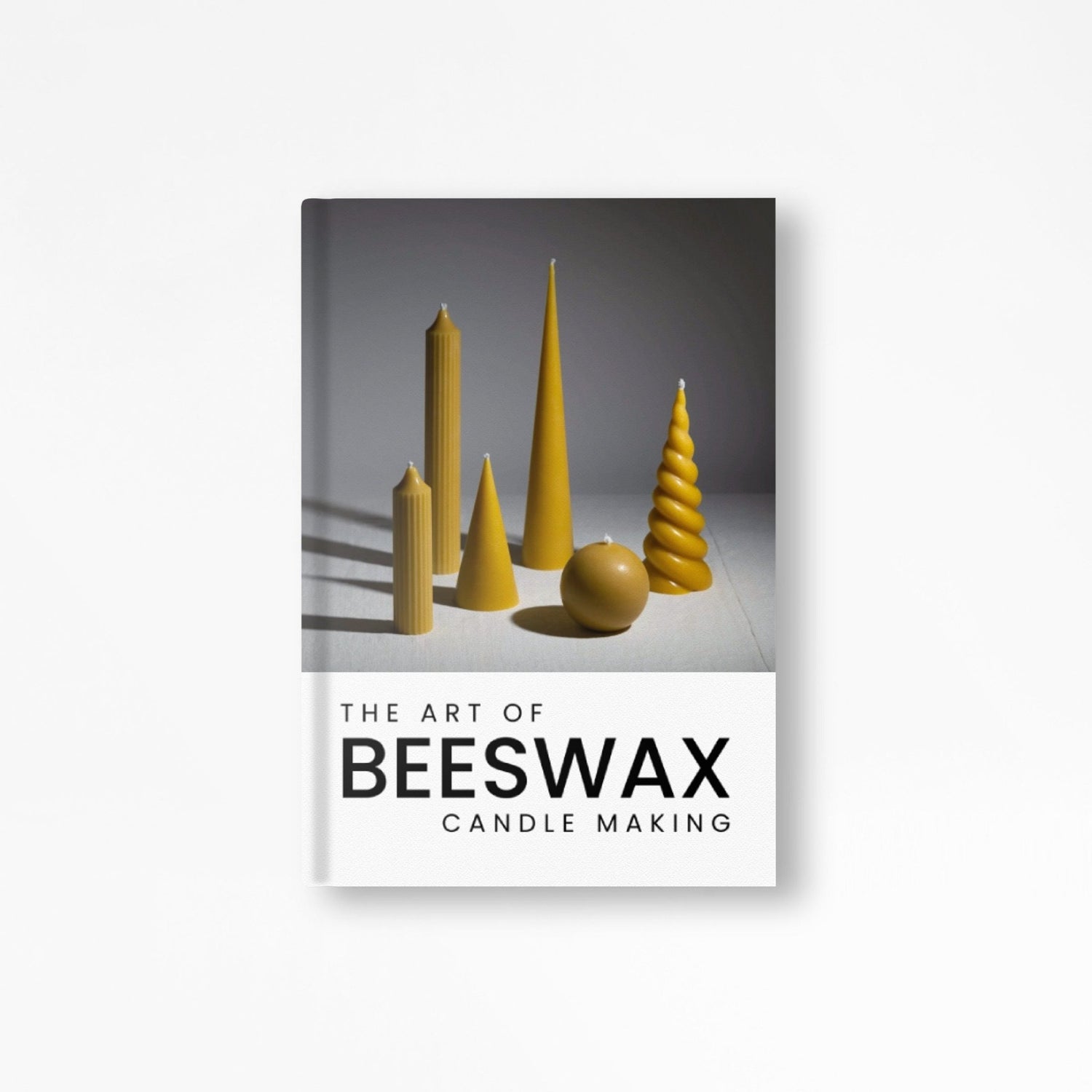
The Soy Candle Controversy: Debunking the Myth of Sustainability
Share
Soy candles have gained popularity in recent years as a supposedly eco-friendly alternative to traditional paraffin candles. However, a closer look reveals that the sustainability claims associated with soy candles may not be as straightforward as they seem. In this blog post, we'll delve into the reasons why soy candles are not as sustainable as they're often touted to be and explore alternative options for environmentally conscious consumers.
Deforestation and Land Use
One of the main arguments against the sustainability of soy candles is the environmental impact of soybean cultivation. Large-scale soybean production has been linked to deforestation, particularly in regions such as the Amazon rainforest and the Cerrado in Brazil. Clearing land for soybean cultivation contributes to habitat destruction, biodiversity loss, and the displacement of indigenous communities and wildlife, undermining the environmental credentials of soy-based products.
Pesticide Use and Genetic Modification
Another concern with soybean cultivation is the widespread use of pesticides and genetically modified organisms (GMOs). Conventional soybean crops are often sprayed with synthetic pesticides and herbicides to control pests and weeds, leading to soil degradation, water pollution, and negative impacts on human health and biodiversity. Additionally, the majority of soybeans grown globally are genetically modified to tolerate herbicides, further exacerbating environmental and social concerns associated with industrial agriculture.
Monoculture and Soil Degradation
Soybean cultivation is also associated with the problems of monoculture farming and soil degradation. Monocropping soybeans over large areas can deplete soil nutrients, increase erosion, and reduce soil fertility over time, leading to decreased agricultural productivity and long-term environmental damage. Furthermore, the reliance on chemical inputs and intensive farming practices associated with soybean cultivation contributes to the loss of biodiversity and ecosystem resilience, undermining the sustainability of agricultural systems.
Carbon Footprint and Processing
While soy candles are often promoted as a renewable and carbon-neutral alternative to paraffin candles, the reality is more complex. The processing and transportation of soybeans into candle wax require energy and resources, contributing to greenhouse gas emissions and environmental pollution. Additionally, the production of soy candles may involve additives, fragrances, and packaging materials that further increase their carbon footprint and environmental impact, calling into question their overall sustainability.
Sustainable Alternatives
For consumers seeking truly sustainable candle options, there are alternative materials available that offer environmental benefits without the drawbacks associated with soy candles. Beeswax candles, for example, are a renewable resource produced by honeybees and require minimal processing, making them a more eco-friendly choice. Other options include candles made from sustainably harvested palm oil, coconut wax, or non-toxic vegetable-based waxes that prioritize environmental and social responsibility throughout their production and supply chain.
